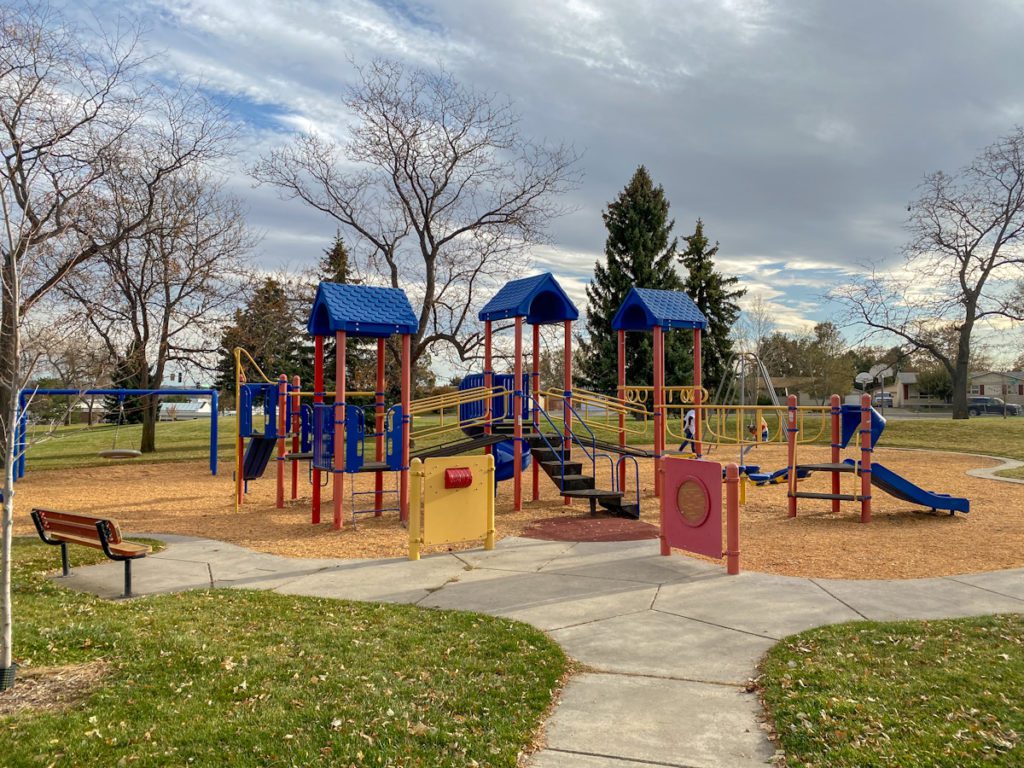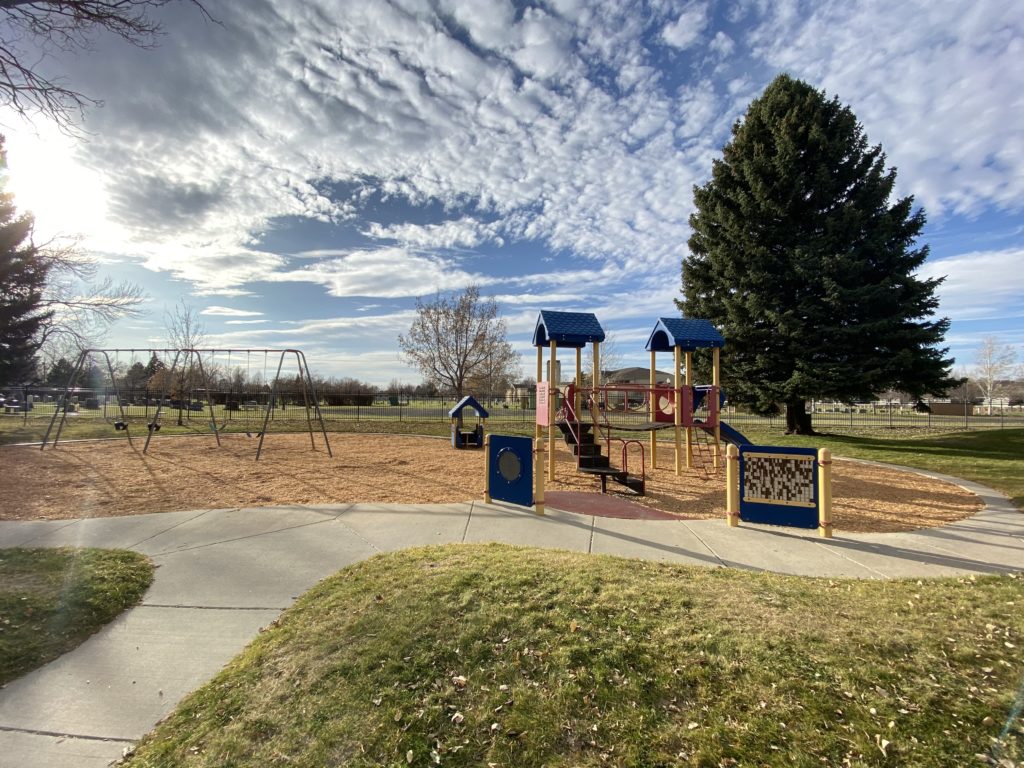There are currently 38 Playgrounds located within City parks that are inspected and maintained by our staff. The Parks Division has 6 certified Playground Inspectors on Staff who inspect and monitor the conditions of our playground on an ongoing basis. Additionally, the engineered wood fiber fall protection is raked routinely to ensure adequate protection in areas of high use. When playground features are deemed to be unsafe, they are temporarily closed until replacement parts can be ordered and installed.






































Importance of Playgrounds
When selecting playground features we make sure to include elements that allowed kids to explore their abilities. A well-designed playground entices children to play and teaches key developmental skills. Playground activities like swinging, climbing and sliding may appear to be “just fun” on the outside, but initiate important body systems to develop and function properly. The movements children perform on a playground build both gross and fine motor skills, along with core strength. Playground play also enhances the vestibular system — the sensory system that controls balance and coordination — and develops better body awareness.
Accessibility
Special consideration should be given to providing accessible surfaces in a play area that meets the ASTM Standard Specification for Determination of Accessibility of Surface Systems Under and Around Playground Equipment, ASTM F1951. Equipment selection and location along with the type of protective surfacing are key components to ensuring the opportunity for children with disabilities to play on the playground.
Fall Protection
The surfacing under and around playground equipment is one of the most important factors in reducing the likelihood of life-threatening head injuries. A fall onto a shock absorbing surface is less likely to cause a serious head injury than a fall onto a hard surface. However, some injuries from falls, including broken limbs, may occur no matter what playground surfacing material is used. The most widely used test method for evaluating the shock absorbing properties of a playground surfacing material is to drop an Instrumented metal headform onto a sample of the material and record the acceleration/time pulse during the impact. Field and laboratory test methods are described in ASTM F1292 Standard Specification for Impact Attenuation of Surface Systems Under and Around Playground Equipment. Testing using the methods described in ASTM F1292 will provide a “critical height” rating of the surface. This height can be considered as an approximation of the fall height below which a life-threatening head injury would not be expected to occur. – Public Playground Safety Handbook (pg.8)
In our Parks, we use Engineered Wood Fiber as our fall protection due to its ability to absorb impacts, it’s low cost, relative availability, and ease of replacement. Engineered wood fiber (EWF) is a wood product that may look similar in appearance to landscaping mulch, but EWF products are designed specifically for use as a playground safety surface under and around playground equipment. EWF products should meet the specifications in ASTM F2075: Standard Specification for Engineered Wood Fiber and be tested to and comply with ASTM F1292. – Public Playground Safety Handbook
Inclusivity

The Parks and Recreation Department works to include inclusive play features for a variety of ages and abilities in all of our new playground designs. This includes ADA accessible routes to playgrounds, inclusive features such as “Sway Funs”, musical panels to allow kids to explore sensory features, and many others. There are many factors that make a feature inclusive. To learn more about inclusive principles of playground design, watch the brief video below by GameTime, a leader in the playground manufacturing industry, and the Utah State University Center for Persons with Disabilities.
